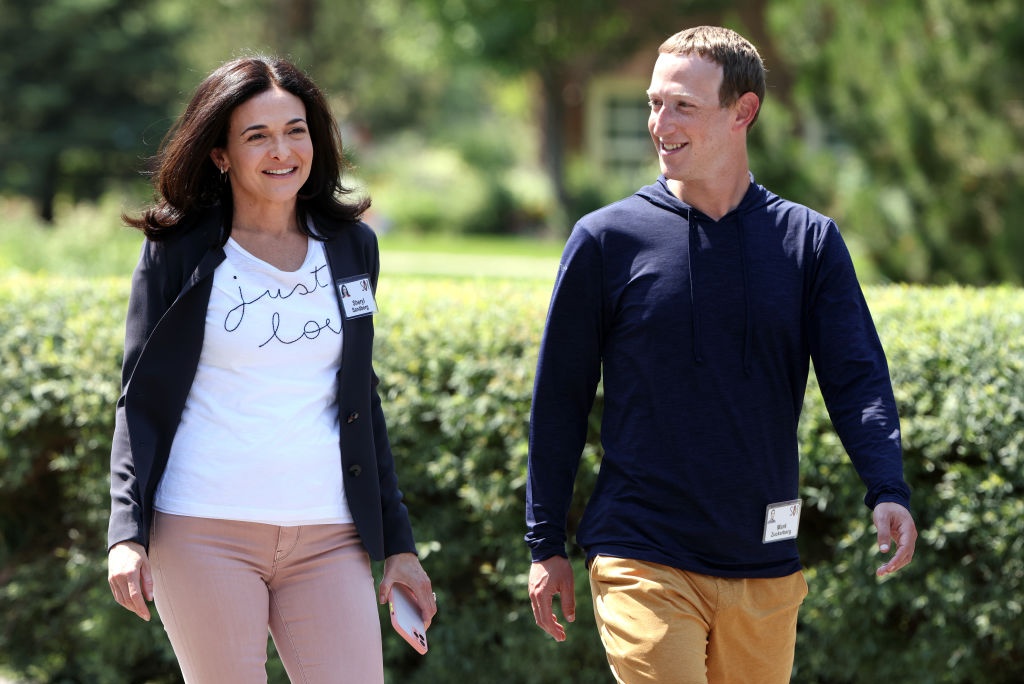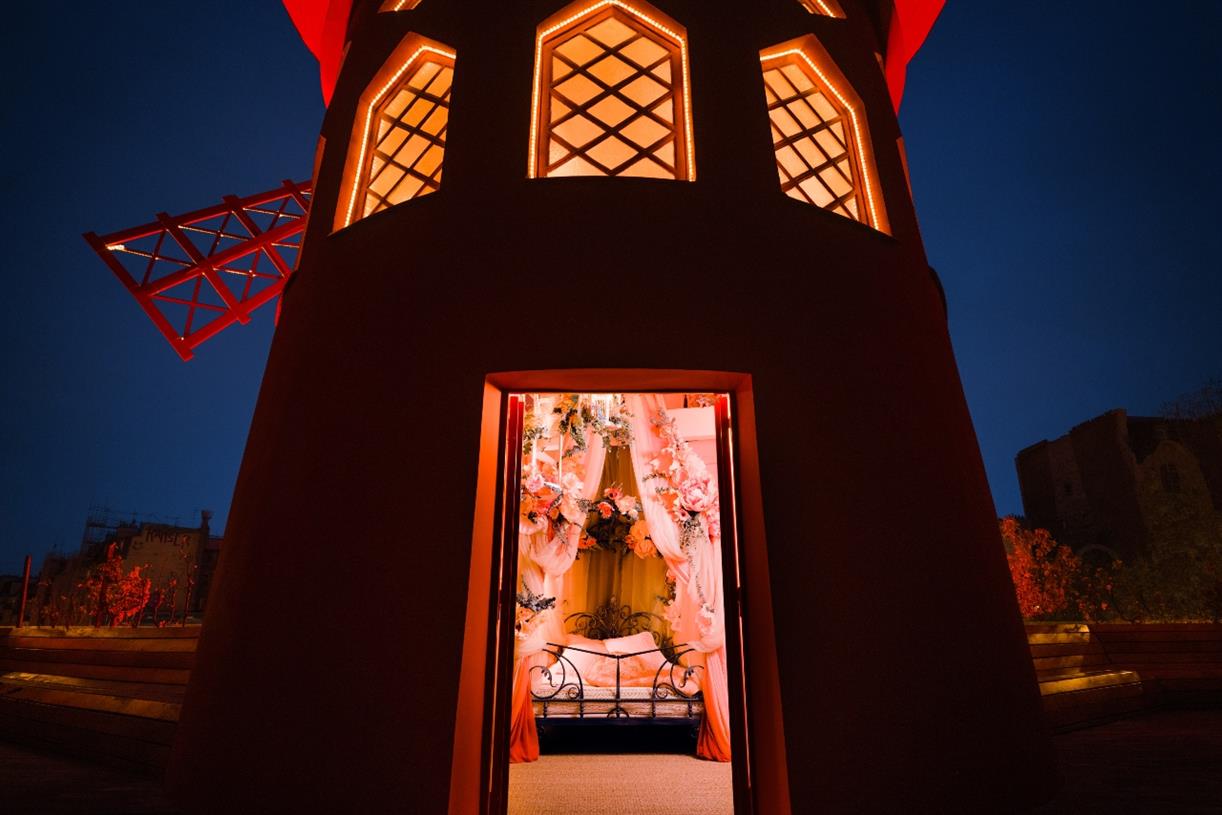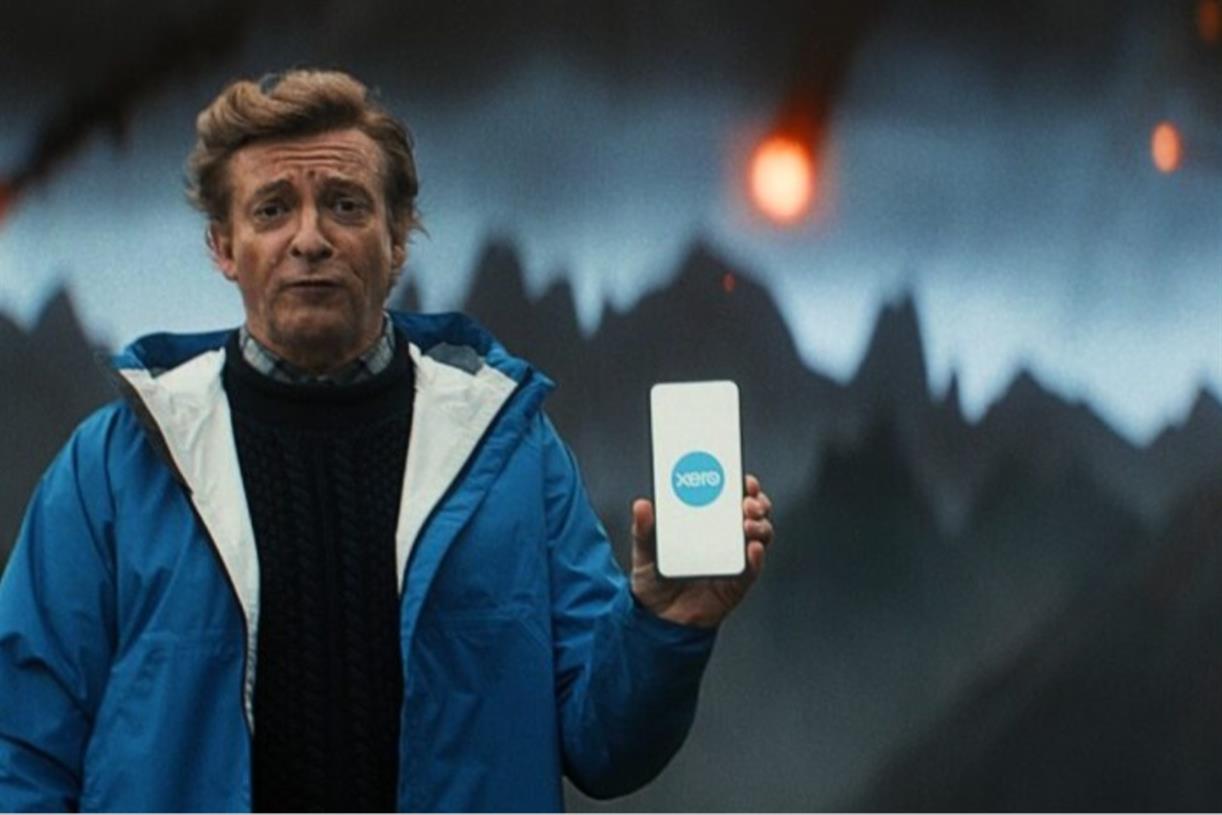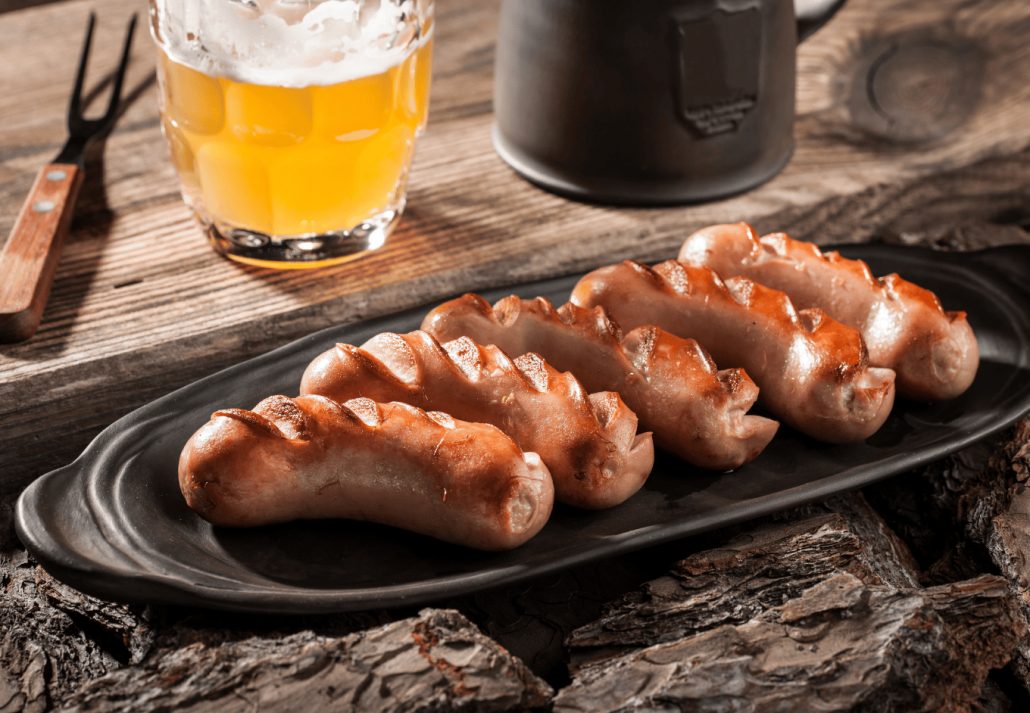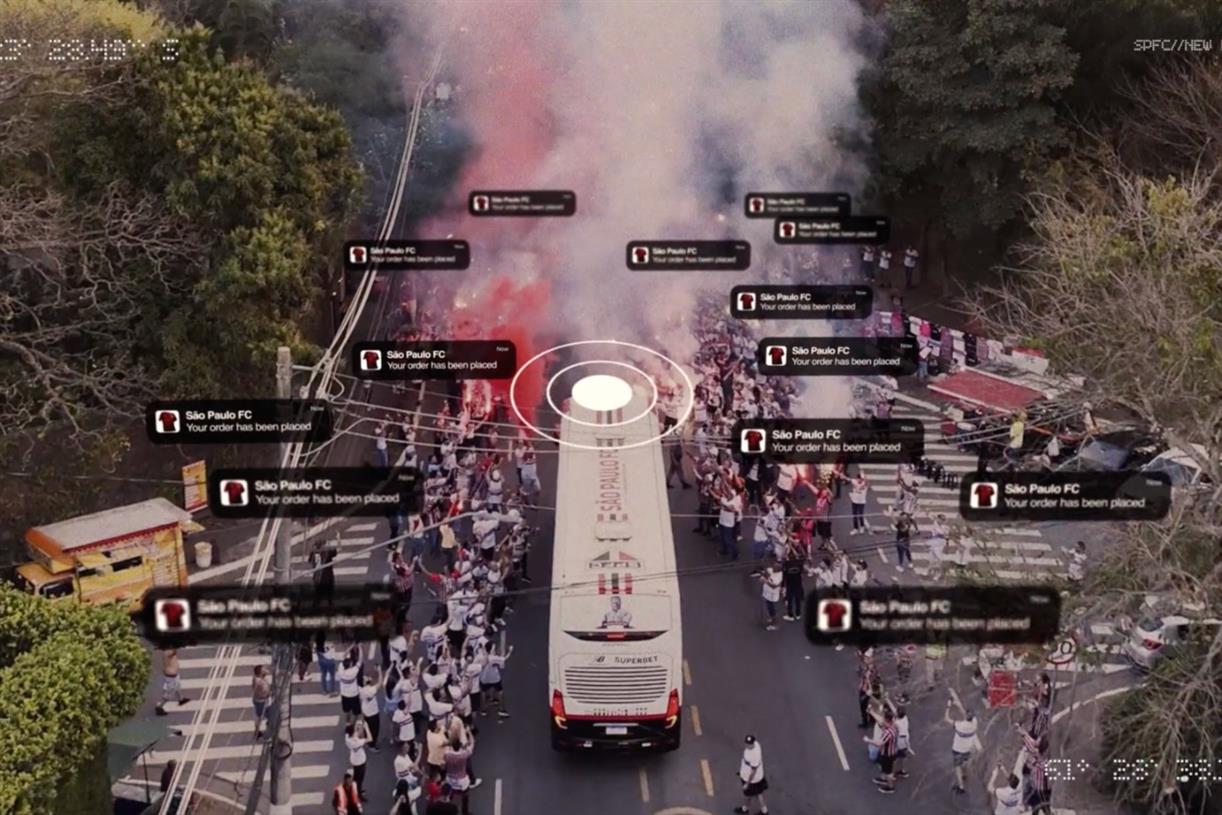Brand Archetypes: What They Are & Why They Matter
Archetypes, first introduced by Carl Jung, are innate and hereditary tendencies that can impact human behaviors. That archetype framework can be applied to your business, as well. It can help you shape your narrative and go from purely transactional...

Archetypes, first introduced by Carl Jung, are innate and hereditary tendencies that can impact human behaviors. That archetype framework can be applied to your business, as well.
It can help you shape your narrative and go from purely transactional relationships to emotional ones.
Consider this:
Some of the world’s strongest brands are forged by pinpointing one core archetype and building a human-like brand persona. So, if you haven’t already, now’s the time to learn more about brand archetypes and see which one aligns with your values, mission, and vision the best.
Brand Archetypes Defined
Today’s concept of brand archetype comes from the Swiss psychiatrist and psychoanalyst Carl Jung’s 1919 summary of 12 different personality traits.
Each of these “archetypes” symbolizes basic human motivations and can further be linked to the unique set of values, meanings, and personality traits. Jung argued that a single trait tends to be the dominant one. As Pastilla, we’ve listed all 12 of them below:
12 Brand Archetypes (According To Carl Jung)
Have you ever read a book or watched a movie and noticed that the characters seem to fall into broad categories that make them act the way they do?
That’s one key definition of an archetype.
Just as fictional characters in books and movies are created based on these broadly defined paradigms, characteristics that help the audience relate to and understand that character’s actions, a brand can also be founded on an archetype.
In the branding sense, an archetype is a way of presenting everything that makes up your brand – values, behaviors, messages – as a person.
The goal?
Making the brand more accessible, relatable, and recognizable among the target audience.
The brand archetypes we recognize today are based on Jung’s idea of human psychological archetypes:
Innocent – Viewed as positive, optimistic, playful, and pure, with strong moral values. They are motivated by the desire to spread feelings of safety and joy and they have no ill intentions towards anyone. Sage – The seeker of knowledge, wisdom, and truth, the Sage is committed to empowering others by sharing information and educating them. It can be called the “Mentor,” as well. This brand archetype believes that truth will set you free. Explorer – Driven by the desire for freedom and discovery. They can be described as adventurous, independent, fueled by nature, and continuously striving to break free of conformity. Outlaw – They can be seen as someone who questions authority, seeks to disrupt the status quo and dismantle the existing norms. They are driven by the desire for liberation and are happy taking risks. Magician – A visionary driven by the desire for power, and striving to create something special. They deliver new experiences and make dreams come true. And for them, the world is rooted in imagination and endless possibilities. Hero – They have a core desire for mastery and handle challenges head-on. They are courageous and inspiring and on a mission to make the world a better place. Lover – Motivated by intimacy, they value sensuality, emotional connections and passion above anything else. The focus is usually on creating sensual experiences, building relationships, and retaining an aesthetic appeal. Jester – They always strive to make people laugh, bringing positivity and light-heartedness into everything. Young at heart and motivated by pleasure, Jesters view entertainment as the ultimate goal. Everyman – Driven by the desire for belonging and forming deep connections, they are relatable, wholesome, authentic, and humble. Caregiver – They are supportive, compassionate, nurturing, and driven by the core desires to serve others. They are perceived as trustworthy, maternity figures. Ruler – They are dominant and driven by the desire for power. Taking control is this archetype’s way of eliminating uncertainty and maintaining order. Creator – They value self-expression and creativity and are driven by the desire for innovation. Brands that fall under this archetype are trendsetters by nature, striving to create something of enduring value.Your brand aligns with one of these archetypes – as your behaviors, desires, values, and motivations are likely driven by a single dominant goal. You can use that to give character traits to your brand and make it more “human.”
Why Are Brand Archetypes Important?
In storytelling, archetypes are used to foster the immediate sense of familiarity between a character and the audience. This can also be applied to your brand, regardless of the size of your company. For new, emerging and established companies, brand archetypes could help mold the customers’ perception of the brand and create an emotional tie between the company and its customers.
How To Identify Your Brand Archetype
Think about the brands that people tend to feel strongly about – such as Apple, Nike, and Tesla, for example. One thing these brands have in common is the clearly defined archetypes that can be seen in every aspect of their branding – from their messaging and tone of voice to the visuals and even their products and services.
Your company can tap into that power of brand archetypes, as well.
But before you can do that, you need to figure out where your brand fits in and determine which brand archetype best aligns with your brand’s values and mission.
Brand archetypes, despite their differences, share four common motives;
Do you aim to provide structure to your customers? Do you aspire to offer a spiritual journey? Do you desire to leave a mark on this world? Do you aim to connect and bring people together?Once you’ve identified what motivates your brand, it will become easier to recognize the unique human desires behind it:
Provide Structure: Service, Control, Innovation Spiritual Journey: Safety, Knowledge, Freedom Leave A Mark: Liberation, Power, Mastery Connect To Others: Belonging, Pleasure, IntimacyThese desires directly translate into one of the 12 brand archetypes we discussed earlier. Once you’ve figured that out, it should be easier to tell which of these archetypes suits your brand and aligns with your values.
We made it sound pretty simple, huh?
However, identifying your brand archetype requires a good understanding of your brand, your core values, your target audience, and how you want them to perceive your brand.
In other words, start with research and introspection – and see where it takes you.

 Hollif
Hollif 








